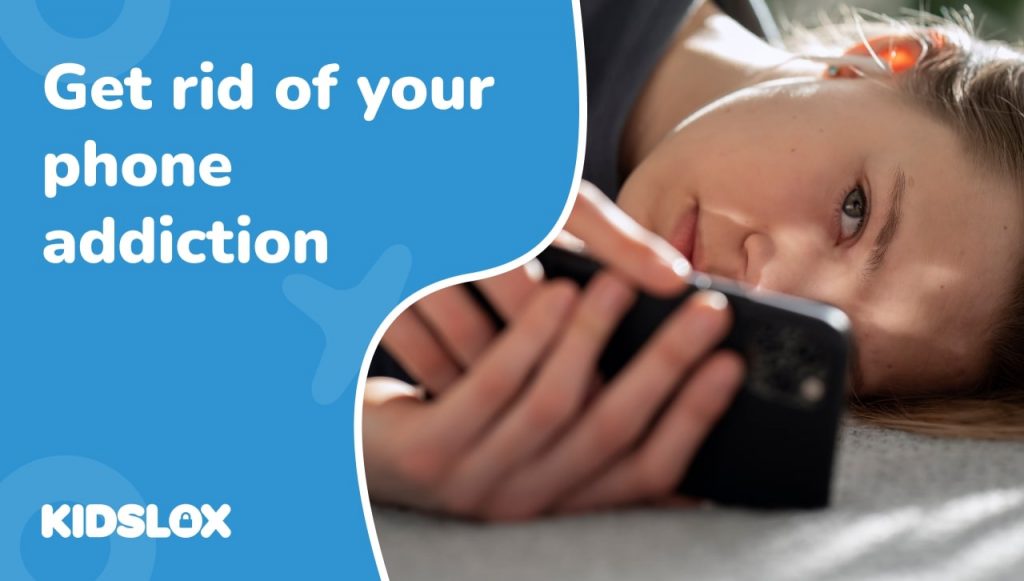Smartphone Addiction Test for Kids: Is Your Child Safe? Checklist and Diagnosis
Smartphone Addiction Test for Kids: Is Your Child Safe? Checklist and Diagnosis
In today’s digital age, smartphones have become an integral part of daily life, even for children. While they offer educational and social benefits, excessive use can lead to smartphone addiction. As a parent, it’s essential to know whether your child’s smartphone habits are safe or problematic. In this blog post, we’ll provide a simple smartphone addiction test and practical diagnosis tips to help you evaluate your child’s usage patterns.
Why Is Smartphone Addiction Dangerous?
Smartphone addiction can cause a range of negative effects, including:
- Reduced concentration and focus
- Sleep disturbances and fatigue
- Social isolation and reduced face-to-face interaction
- Emotional changes like anxiety and irritability
Signs of Smartphone Addiction in Kids
Before taking the test, familiarize yourself with common signs of smartphone addiction:
- Compulsive Phone Use: Constantly checking messages and notifications.
- Neglecting Responsibilities: Ignoring homework, chores, or family time.
- Mood Swings: Irritability when the phone is not accessible.
- Loss of Interest in Offline Activities: Avoiding hobbies or outdoor play.
- Sleep Disruption: Staying up late to use the phone.
Smartphone Addiction Test for Kids
Use the checklist below to evaluate your child’s smartphone habits. Answer each question with “Yes” or “No.”
Addiction Checklist
- Does your child become anxious or upset when their phone is taken away?
- Does your child spend more than 3-4 hours daily on their phone?
- Does your child check their phone frequently, even during meals or homework?
- Has your child lost interest in activities they used to enjoy?
- Does your child seem tired or sleep-deprived due to late-night phone use?
- Does your child prefer using their phone over spending time with family or friends?
- Does your child get distracted by notifications while studying or doing chores?
- Have you noticed mood changes (like irritability) when the phone is not available?
- Has your child tried to hide their phone use from you?
- Does your child become defensive when asked about their screen time?
Scoring the Test
- 0-3 Yes Answers: Low risk of addiction. Maintain good habits.
- 4-6 Yes Answers: Moderate risk. Consider setting stricter usage rules and encouraging offline activities.
- 7-10 Yes Answers: High risk of addiction. Immediate intervention is recommended.
What to Do If Your Child Shows Signs of Addiction
- Set Clear Limits: Establish rules about when and where the phone can be used.
- Encourage Offline Activities: Promote hobbies and outdoor play.
- Open Communication: Discuss the reasons behind limiting phone use.
- Seek Professional Help: If addiction symptoms persist, consider consulting a counselor or therapist.
Tips for Preventing Smartphone Addiction
- Model Good Behavior: Show balanced phone use as a parent.
- Use Parental Control Apps: Limit screen time and block inappropriate content.
- Have Tech-Free Zones: Create phone-free areas in the house, like the dining room.
Final Thoughts
Smartphone addiction in kids is a real concern, but with the right strategies and awareness, you can help your child develop healthy digital habits. Regularly assessing phone use and discussing the impact openly are key steps toward balanced technology use.
Amazon best seller






Comments